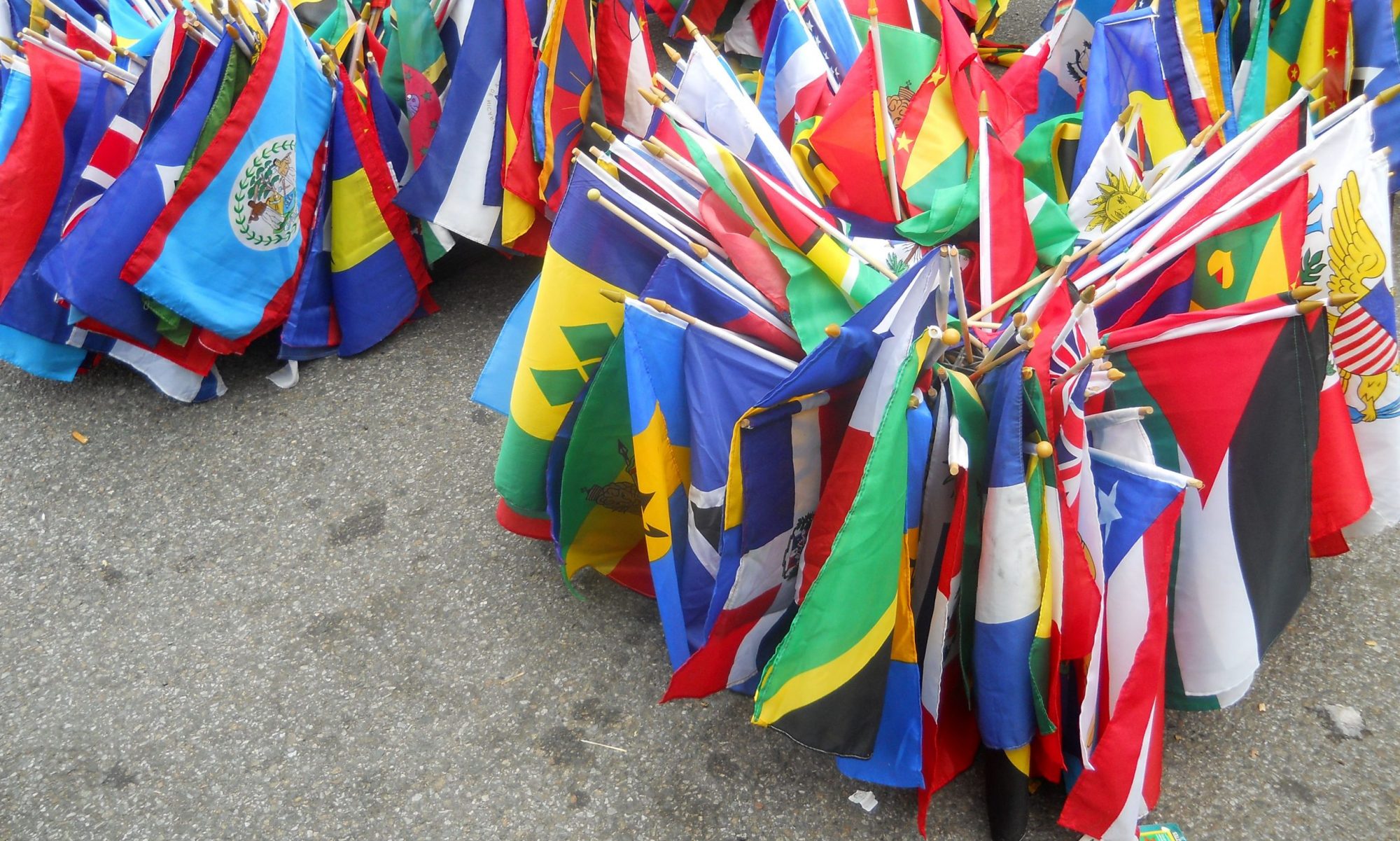3/23, 3/25
Readings:
- “Voices From Home and Abroad: NYC’s Indo-Caribbean Media”
- “Fiwi TV: Ethnic Media and the West Indian Diaspora”
These articles discussed the role media plays in keeping Indo-Caribbean migrants in New York City connected to their homeland. This homeland could be interpreted as either the Caribbean (ex. Trinidad) or their ethnic origins (ex. India or Africa). Indo-Caribbean immigrants are interesting because of their “twice migrant” status. They migrated first from their home country (South Asia or Africa) to the Caribbean, and then from there to the US. Their transnational identity thus connects them to both the Caribbean and their ethnic homes.
This creates a separation that can be seen in the media. Certain radio programs or shows are only geared towards Indo-Caribbean migrants, while some are geared towards African and other Black Caribbean migrants. Although sharing a common migration pattern from the Caribbean, these two groups still remain largely separate even in their geographic niches in New York City. Queens, is mainly occupied by Caribbean migrants of East Indian descent while those of African descent reside in Brooklyn. This was really interesting because each group keeps their cultural characteristics from their ethnic homes. Radio shows geared to this population acknowledge Islamic, Hindu, and Christian holidays, which were all observed in combination back in the Caribbean. A point that I found relatable was that the answer to the question “Who are you?” or “What are you?” could be answered in 3 different ways. Your answer could be based on your nationality, ethnicity, or religion, each giving you a different background.
The second article focused on the Caribbean International Network (CIN) which has garnered a growing audience with the help of technological advancements. The improvement of technology has expedited the process of globalization which also facilitated communication between those living abroad and those back at home. Indo-Caribbean migrants would connect back home through radio shows or other personal methods such as online chatting or a phone call. This connection creates an awareness of both New York and the situation back in the Caribbean. The political influence of those no longer living in the Caribbean remains strong because of this as we mentioned in class, with candidates campaigning here as well as back in the Caribbean. As mentioned in Kamille Gentles-Peart’s article, this allowed immigrants to quickly become accustomed to new culture in the US while still being connected to the one back home.
The connection Indo-Caribbeans had to both their ethnic homes and the Caribbean through the media reminded me of my own parents and grandparents. Every week, my parents would bring home Chinese newspapers that detailed both local news in New York as well as what was going on back in mainland China. Although we had cable, I would also frequently see Chinese channels playing on the TV which was connected from a different router box of sorts purchased from a Chinese vendor. This desire to remain connected to our ethnic homes is a commonality that can be seen in many immigrant households.
Sarafina Lin
